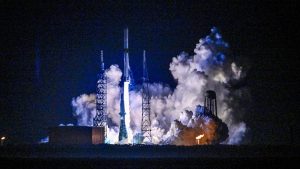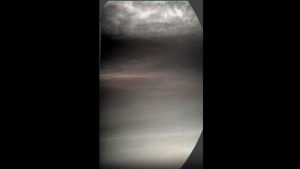Tiny Plasma Jets on Sun Identified as Key Drivers of Solar Wind
New findings have revealed that tiny plasma jets on the Sun play a significant role in driving both the fast and slow solar wind. Observations have been made using high-resolution imaging and direct measurements, offering a clearer picture of how the solar wind originates and moves through space. The study sheds light on a longstanding mystery surrounding the Sun’s influence on space weather and its potential impact on Earth.
Observations from Solar Orbiter Provide Crucial Data
According to the research published in Astronomy & Astrophysics, data from the European Space Agency’s Solar Orbiter has provided compelling evidence linking small-scale plasma jets, known as picoflares, to the solar wind. The spacecraft, during its close approach to the Sun in late 2022 and early 2023, captured high-resolution images of these jets emerging from coronal holes. These structures, which appear as dark patches on the Sun’s surface, serve as channels through which charged particles escape into space.
Implications for Space Weather and Future Studies
Lakshmi Pradeep Chitta, a researcher at the Max Planck Institute for Solar System Research, has highlighted the significance of these observations while talking to Space.com. The energy produced by a single picoflare jet, lasting no more than a minute, is comparable to the annual power consumption of thousands of households. These jets have now been directly linked to both fast and slow components of the solar wind, challenging previous assumptions that separate processes were responsible for their formation.
Further Investigations Expected with Upcoming Missions
Future close approaches by Solar Orbiter, scheduled to take place twice a year, are expected to provide additional insights into how these jets contribute to the solar wind. The findings could refine predictions of solar storms, which have the potential to disrupt satellite communications and GPS signals, and pose risks to astronauts. Scientists are optimistic that continued research will enhance understanding of solar activity and its far-reaching effects on Earth’s space environment.
For the latest tech news and reviews, follow Gadgets 360 on X, Facebook, WhatsApp, Threads and Google News. For the latest videos on gadgets and tech, subscribe to our YouTube channel. If you want to know everything about top influencers, follow our in-house Who’sThat360 on Instagram and YouTube.



